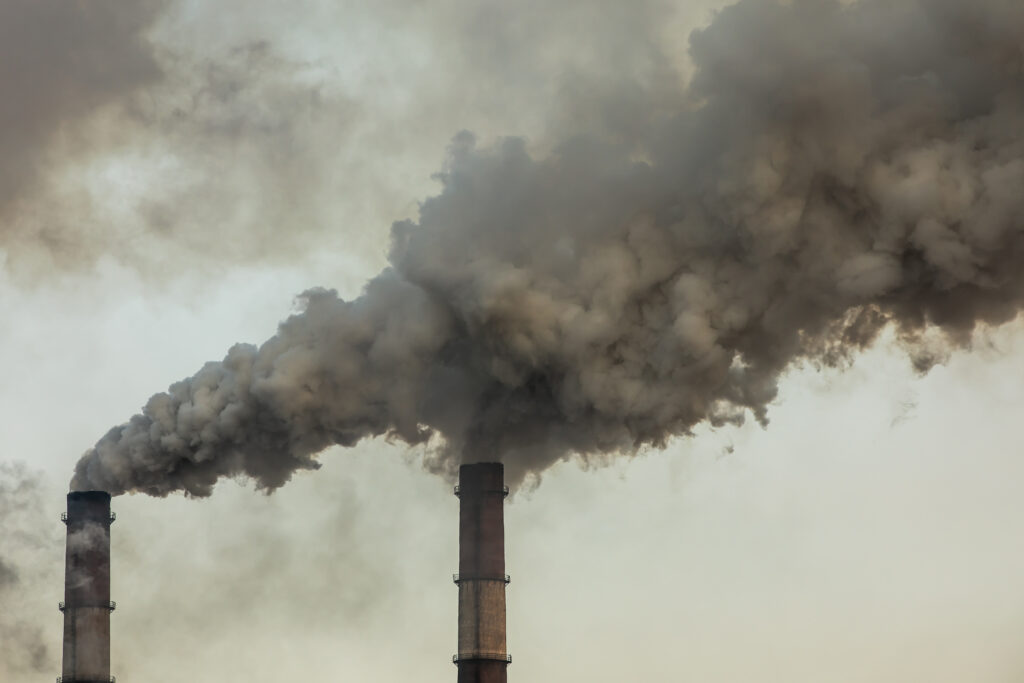CO2 Reduces the Nutritional Value of Food

The concentration of carbon dioxide in Earth’s atmosphere is currently 412 parts per million (PPM) and rising. This represents a 60% increase since the start of the Industrial Age when concentration was 280 ppm[1].
Genevia Lifesciences scientific research, on Nutrient Content in Modern Times [2], has become the latest in an increasing number of studies, to show that rising carbon dioxide (CO2) levels in the atmosphere are decreasing the nutrient content of food.
Most food nutrients and elements come from soil, but plants also use CO2 from the atmosphere to make carbohydrates and carbon-rich sugars. Higher CO2 in the atmosphere imbalances plants. Individual studies and several metanalyses show that high levels of CO2 lower the nutrients in major food crops [3] .
Put simply compared to 60 years ago, we need to consume 2-3 more servings of some foods to make up for the nutrient loss.
60% CO2 increase in 60 years

Source: https://www.noaa.gov/news/global-carbon-dioxide-growth-in-2018-reached-4th-highest-on-record
However, the evidence also shows that rising CO2 levels cause some food crops to produce more toxins. More than half of all crops produce cyanogenic glycosides which break down into cyanide. Whilst this is not unusual as many plants produce low levels of the toxin to fend off insects, in some crops the current level of cyanogenic glycoside is already a problem [4].
The Free to Air CO2 Enrichment (FACE) experiments, research collaboration from China, Japan, USA, and Australia, confirmed previous recorded declines in protein, iron, zinc but also found consistent declines in vitamins B1 (thiamine), B2 (riboflavin), B5 (pantothenic acid) and B9 (folate). Rising CO2 affects the way plants build up nitrogen and thus nitrogen based compounds such as vitamins B tend to decrease [3].
The empty food syndrome is largely underappreciated as well as the human health effects associated with this. Genevia Lifesciences, is working on further understanding the true nutrient decline affect and the food quality impact on human health and longevity, whilst significant and critical efforts are being made by many countries around the world to stabilize atmospheric CO2 levels.
REFERENCES:
- NASA Global Climate Change, (2019), The Atmosphere: Getting a Handle on Carbon Dioxide,[online] available at: https://climate.nasa.gov/news/2915/the-atmosphere-getting-a-handle-on-carbon-dioxide/
- Genevia Lifesciences, (2020),Nutrient Content in modern times–Scientific Review, available at:Genevia Lifesciences – Nutrient Content in Modern Times – Scientific Review
- Zhu C., Kazuhico K., Loladze I. Zhu J., Jiang Q., Xu X., Liu G., Seneweera S., Ebi K. L., Drewnowski A., Fukagawa N. K. and Ziska L. H., (2018), Carbon dioxide (CO2) levels this century will alter the protein, micronutrients, and vitamin content of rice grains with potential health consequences for the poorest rice-dependent countries, Science Advances, 4:eaaq1012., DOI: 10.1126/sciadv.aaq1012
- Burns A, Gleadow R, Cliff J, Zacarias A, Cavagnaro T (2010) Cassava: the drought, war, and famine crop in a changing world. Sustainability 2:3572–3607, https://doi.org/10.3390/su2113572